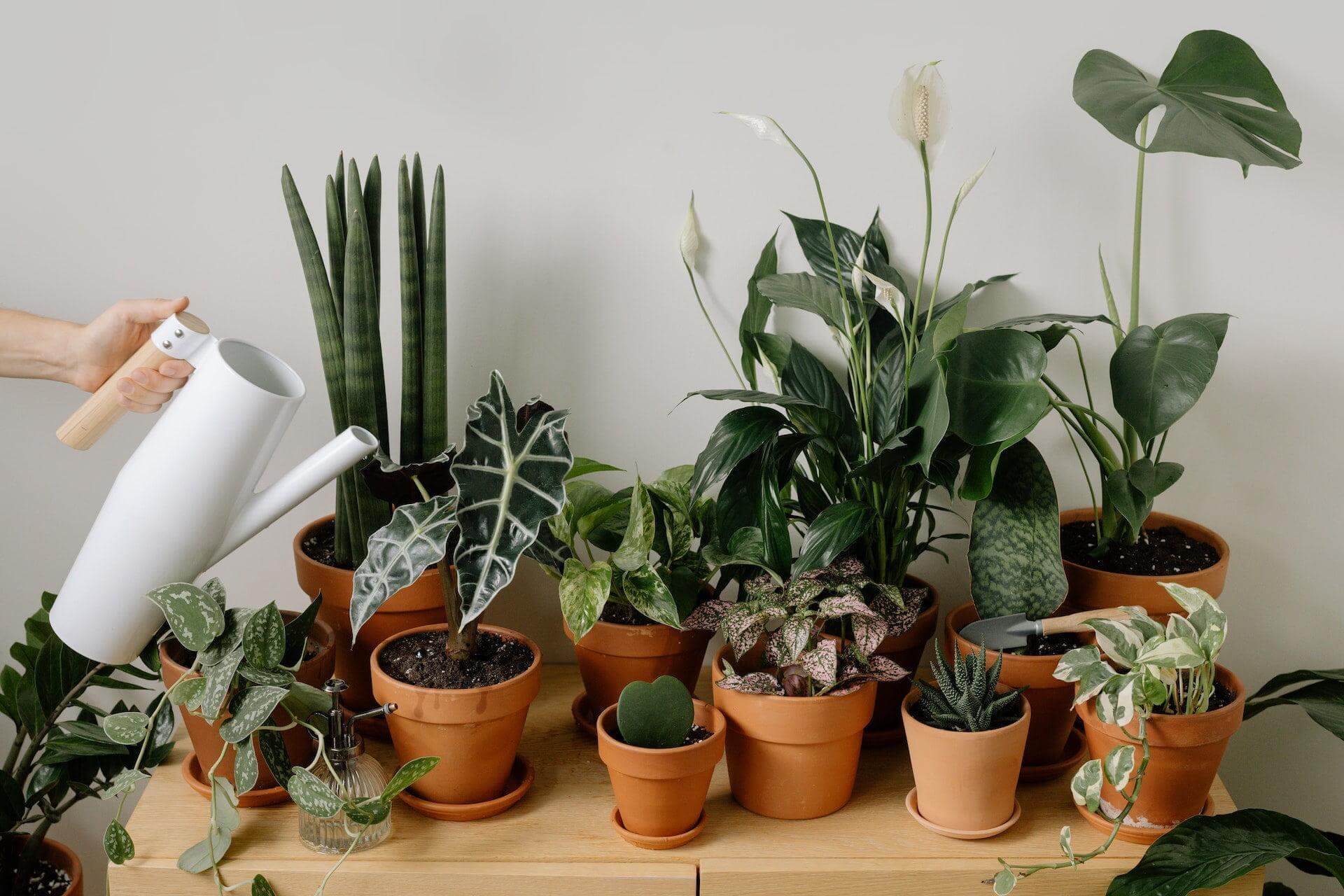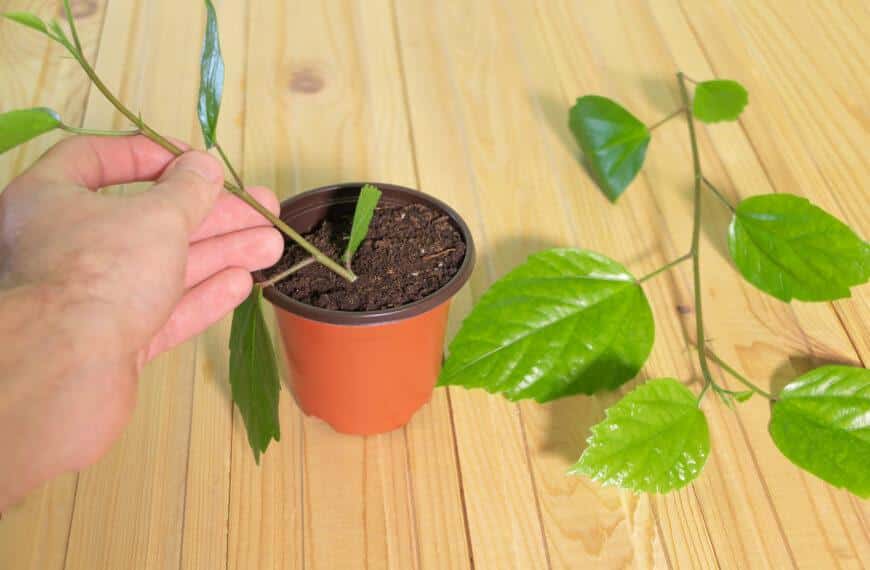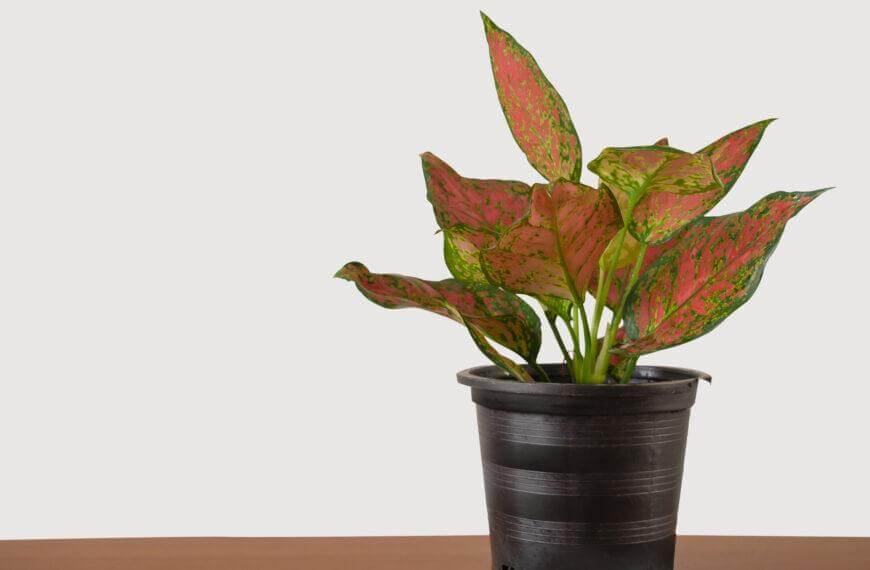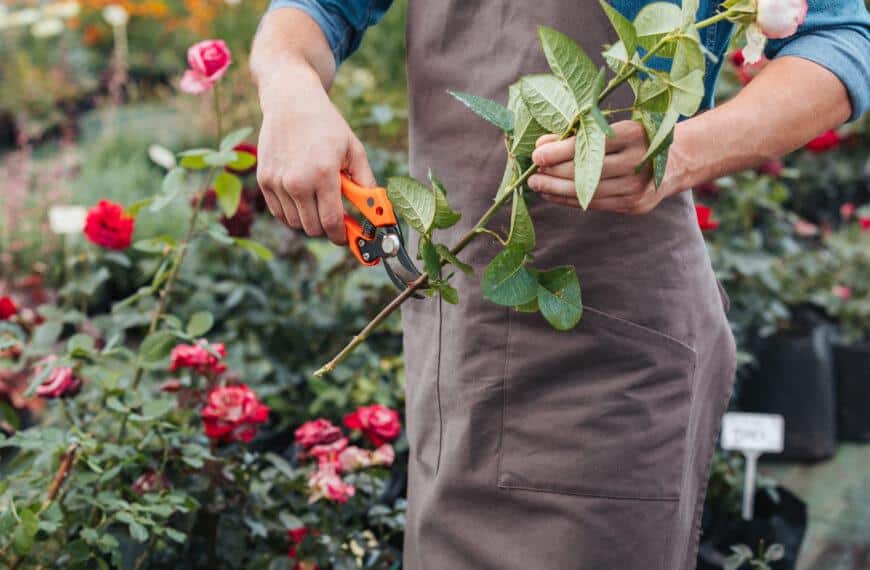Benefits of Indoor Gardening
Table of Contents
To explore the benefits of indoor gardening in-depth, we present you with the advantages of indoor gardening. By diving into these sub-sections, you will gain a deeper understanding of the numerous benefits that indoor gardening has to offer.
Introduction to Indoor Gardening
Embrace the wonders of indoor gardening! Transform your home into a vibrant green paradise! Not only is it aesthetically pleasing, but it provides a range of health benefits. Clean air, reduced stress and improved well-being are just a few of these advantages. Plus, you can experiment with plants that may not survive outdoors due to weather.
Furthermore, indoor plants contribute to biodiversity by providing habitats for pollinators like bees and other insects. Even NASA studies have revealed that certain plants can absorb toxins from the air. So, bring the beauty of nature indoors – improve air quality and make your home an eco-friendly sanctuary!
Advantages of Indoor Gardening
Indoor gardening has loads of advantages for both the environment and us. Here are some of them:
- Improving Indoor Air Quality: Plants absorb toxic pollutants and release oxygen, purifying the air!
- Better Mental Health: Gardening can reduce stress, anxiety and depression, calming you down.
- Increase Productivity: Greenery at the office boosts creativity and concentration and reduces absenteeism.
- Saving Space: Indoor plants give the illusion of more space without altering your existing décor.
- Fresh Produce: Homegrown fruits, veggies and herbs are organic, cheaper and healthier.
- Aesthetic Appeal: Adding some green elevates the interior ambiance without too much expense.
Maintaining humidity levels and selecting plants that thrive indoors is key.
Lighting is also important since plants need light to stay lush.
Where you place your plants is important too, as it helps regulate temperature.
This practice not only improves our living conditions, but also has a big impact across larger communities.
Indoor gardening is possible even in the darkest of apartments with these tips!
Setting up an Indoor Garden
To set up a flourishing indoor garden, you need to consider various factors. Choosing the right space, selecting appropriate plants, deciding on the growing system, and preparing the soil are crucial components for a successful indoor garden. In this section of the article about “The Basics of Indoor Gardening: An Introduction for Beginners,” we will discuss these sub-sections to help you achieve your indoor gardening goals.
Choosing the Right Space
When creating an indoor garden, it is vital to pick the right location. Consider the amount of sunlight, temperature, and humidity. Think about the size and accessibility of the space too. Certain plants may need specific lighting or climate conditions. So, look for a room or area that meets their needs.
To guarantee successful plant growth, choose the space carefully. Pay attention to the way the light sources affect your plants. Natural light is thought to make plants healthier and help them grow better. On the other hand, a darker place could hinder growth, as plants rely on sunlight to thrive.
Indoor gardening has been around since ancient times; the Egyptians and Babylonians had courtyard gardens for their beauty. Now, technology has made indoor gardening easier. Growers can use lighting solutions designed for each plant’s needs. Just don’t turn your living room into a desert with only cacti!
Selecting the Appropriate Plants
When selecting foliage for your indoor garden, think about factors such as available space, lighting and water needs. Here are some tips to help you pick the perfect one:
- Choose plants that can survive in low-light or under artificial light if natural light isn’t available.
- Pick plants that need less water. This will reduce maintenance and save money on utility bills.
- Decide which plants suit the environment best, and complement the other selections.
Remember to pick the size that fits the space in your home. Keep plants away from drafts or heaters so they can last longer. To promote healthy growth, invest in an adjustable lamp with a timer to control light exposure. Choosing a growing system is like picking a partner – find the right match or else you’ll end up with a wilted romance!
Deciding on the Growing System
Choosing the right method for growing an indoor garden is essential. There are many systems, each with pros and cons. The type of system that works best depends on what you want, your budget, and the space you have.
Here is a table of some common systems used by gardeners and their advantages and disadvantages:
| Growing System | Pros | Cons | Recommendation |
|---|---|---|---|
| Hydroponics | Quick growth and high yield. High control over nutrients and pH. | Needs electrical equipment and special solutions. Expensive setup. | iDOO WiFi Hydroponic Growing System |
| Soil-based | Natural and accessible. Cheaper setup. | Prone to diseases and pests. Requires manual watering and tilling. | Organic Herb Garden Indoor Kit |
| Aeroponics | Fastest growth, minimal water. Low energy use. | Technical knowledge needed to maintain oxygen levels and avoid light radiation damage. | ZXMT Aeroponic Tower |
Think about budget upfront, but also long-term costs like maintenance for hydroponic systems which use more power.
When selecting, think about your goals such as yield, space, and environment (e.g., water availability). Start small to reduce expenses for mistakes and unforeseen problems. Consider size, lighting, and nutrients for successful growth. Get your hands dirty and prepare the perfect soil or growing medium.
Preparing the Soil or Growing Medium
Cultivating an indoor garden starts with creating the right substrate for plant growth. This means making a balanced and ideal environment.
To do this, pH level, nutrients, and moisture retention must be monitored. There should be a table that shows these factors without mentioning HTML or tags. For example:
| Factor | Desirable Level |
|---|---|
| pH | 6.0-7.0 |
| Nutrients | Nitrogen (N) – 50 ppm |
| Phosphorus (P) – 20 ppm | |
| Potassium (K) – 80 ppm | |
| Calcium (Ca)- 1000 ppm | |
| Magnesium (Mg)- 100 ppm | |
| Moisture Retention | 45-55% |
When selecting a substrate, pick a mix that meets the indoor garden’s needs in terms of nutrients and pH level.
Unique details like a closed system to recycle water and reduce plant care needs are popular in successful indoor gardens.
Hydroponics are becoming more popular too, as they offer optimal growth conditions in a controlled environment with no soil use.
Watering your indoor plants needs to be done carefully. Too much water can suffocate them, while lack of water can leave them dry and lifeless.
Lighting and Watering
To master the art of indoor gardening with optimum yield, you need to have a thorough understanding of lighting and watering. With the understanding of the importance of indoor lighting and providing adequate water and humidity, you can have rich, healthy plants thriving in your indoor garden.
Understanding Indoor Lighting
Indoor lighting plays a key role in plant growth. The kind of light, intensity, and amount of time it shines all impact photosynthesis and development. Different bulbs give off unique light spectrums, which affect particular species.
It’s important to choose the right lighting for your plants. LED grow lights are usually the most efficient for many plants. Fluorescent ones are best for seedlings or shade-lovers. Natural light is an option too, but it changes from day to day and season to season. Mixing natural and artificial lighting helps maintain healthy conditions for optimal growth.
Investing in good LED lights, timers, and keeping plants at the right distance from the light system will produce great results. An ivy plant, for example, was on the decline due to low light levels. After installing an LED system, it flourished and flourished with bountiful foliage within weeks.
Providing Adequate Water and Humidity
Water and humidity are crucial for proper plant growth. Here are some points to keep in mind:
- Different plants need different levels of water, depending on the species, soil, and climate.
- The frequency of watering depends on the type of plant, environment, and container size.
- Water should be applied to the root zone and not the foliage, to prevent fungal diseases.
- Humidity levels must be checked, as some plants thrive with higher humidity.
Additionally, indoor plants need less water than outdoor plants, as indoor air is usually drier. Good drainage is also essential, to avoid root rot from excess water.
Tip: Every now and then, dig a few inches into the soil to check if it’s wet or dry. This will help you determine how much water is needed.
Troubleshooting plant issues is like guessing what’s wrong with a sick toddler – you just keep trying until something works!
Maintaining and Troubleshooting
To ensure your indoor gardening efforts are successful and enjoyable, you must focus on maintaining and troubleshooting your plants. In order to achieve this, this section dives into regular maintenance and care, as well as identifying and dealing with common issues that may arise during your indoor gardening adventures.
Regular Maintenance and Care
It’s essential to do regular maintenance and care to get the most out of your equipment. This includes daily inspections, cleaning, lubrication and repairs.
Doing this ahead of time can save you from expensive repairs. The environment is also important and can damage your equipment. Keep the workspace clean and free of debris and contaminants.
Consult with the manufacturer’s recommended maintenance schedule when doing updates or changing components. Not following procedures could lead to system failure or void warranties. It’s wise to test systems often for problems.
Studies show that reducing unexposed equipment wear leads to greater production stability (Owens et al., 2019). Troubleshooting is a key part of maintenance and can help you figure out what’s wrong and how to fix it.
Identifying and Dealing with Common Issues
Knowing how to recognize and tackle common issues quickly is key. Comprehending ‘Identifying and Dealing with Common Issues’ is essential for managing their effects on systems.
Follow these 4 steps:
- Gather info about the problem.
- Analyze scenarios for a successful solution.
- Implement the solution and check system performance.
- Evaluate the solution’s effectiveness.
Timely actions help avoid big problems. Be aware, even when dealing with everyday issues.
Pro Tip: Proactive maintenance solves most issues before they arise. Keep trying – success comes from failure that learned to adapt.
Tips for Success
To ensure success in indoor gardening, using fertilizers and nutrients, pruning and training your plants, and mastering harvesting and storage techniques are crucial. These sub-sections will guide you in optimizing your indoor garden and help you reap the rewards of your fruitful efforts.
Using Fertilizers and Nutrients
Nutrition for Optimal Plant Growth
Good nutrition is very important for getting healthy yields and strong plant growth. Here are a few tips for getting maximum benefit from fertilizers and nutrients.
| Nutrient Type | Function | Source |
| Nitrogen (N) | Helps grow, makes chlorophyll, and makes proteins. | Fertilizer, manure, legumes. |
| Phosphorus (P) | Grows roots, processes carbs, and makes flowers. | Fertilizer, bone meal, rock phosphate. |
| Potassium (K) | Aids stress, water balance, and fruit quality. | Fertilizer, wood ash, seaweed extract. |
Plants also need micronutrients like Iron (Fe), Zinc( Zn), Boron(B). The soil environment determines what else they need. Correct dosage application & mixing can boost effectiveness.
A farmer had poor crops. He did a soil test and got advice from an agronomist. He added the right nutrients to the soil. His harvest was much better. If you want great plants, you must look after them. Give them what they need, and they’ll do their best.
Pruning and Training Your Plants
Pruning and Shaping Garden Plants
Maintaining your garden plants? Get pruning and shaping! Here are five steps to get started:
- Identify what needs shaping.
- Choose the pruning method.
- Use sharp tools.
- Remove any damaged or diseased growth.
- Inspect your work regularly.
Pruning encourages new growth, strengthens stems, and improves plants’ look. Need help? Consult an expert gardener. Pruning cuts may seem small, but wrong tools or methods can harm plants over time.
A friend of mine trimmed his lilac tree before its leaves had formed. Result? Too much lost sap. To avoid this, wait for leaves to develop before trimming.
Harvesting and Storage
Harvest crops at the optimal time to get the most yield and best quality. Handle produce with care so it doesn’t get bruised or damaged. Clean and sanitize storage areas prior to use. Make sure temperatures and humidity stay at their correct levels to avoid spoilage. Inspect stored items regularly for signs of decay. Pack produce securely and effectively for transportation or sale.
It’s important to consider that each type of crop or product might have unique harvesting and storage needs. So, research and caution are key. Mishandling items during harvesting and storage can lead to up to 30% losses, per the Agricultural Marketing Resource Center. If the indoor garden isn’t successful, you can always convert it into a compost pile and start over.
Conclusion: Enjoying Your Indoor Garden
For a fun indoor garden, adhere to these tips!
- Choose plants that match your space and lighting.
- Make it attractive with unique containers or decorative pots.
- Water and prune daily.
- Check your plants’ health often.
- For an advanced idea, combine different plants and arrange them artfully. Then you’ll have a dynamic display and an enjoyable indoor garden that adds life and beauty.
Frequently Asked Questions
1. What is Indoor Gardening?
Indoor gardening is the practice of growing plants inside a building, such as a house or office, using containers, pots, or hydroponic systems.
2. What are the benefits of Indoor Gardening?
Indoor gardening offers several benefits. It can improve air quality, reduce stress and anxiety, provide fresh produce, and enhance the aesthetic appeal of indoor spaces.
3. What are the best plants to grow indoors?
Some of the best plants to grow indoors include succulents, herbs, vegetables, and low-maintenance plants such as spider plants, peace lilies, and pothos.
4. What are the essential tools and equipment needed for indoor gardening?
The essential tools and equipment for indoor gardening include pots and containers, soil or growing medium, water and fertilizers, lighting, and ventilation systems.
5. How often should I water my indoor plants?
The frequency of watering indoor plants depends on the type of plant, the size of the container, and the level of humidity in the indoor space. Generally, it is recommended to water once or twice a week, depending on the moisture level of the soil.
6. How can I ensure the health and growth of my indoor plants?
To ensure the health and growth of indoor plants, it is essential to provide adequate lighting, water, and nutrients. Avoid overwatering or underwatering, monitor the humidity level, and prune regularly to prevent pests and diseases.




